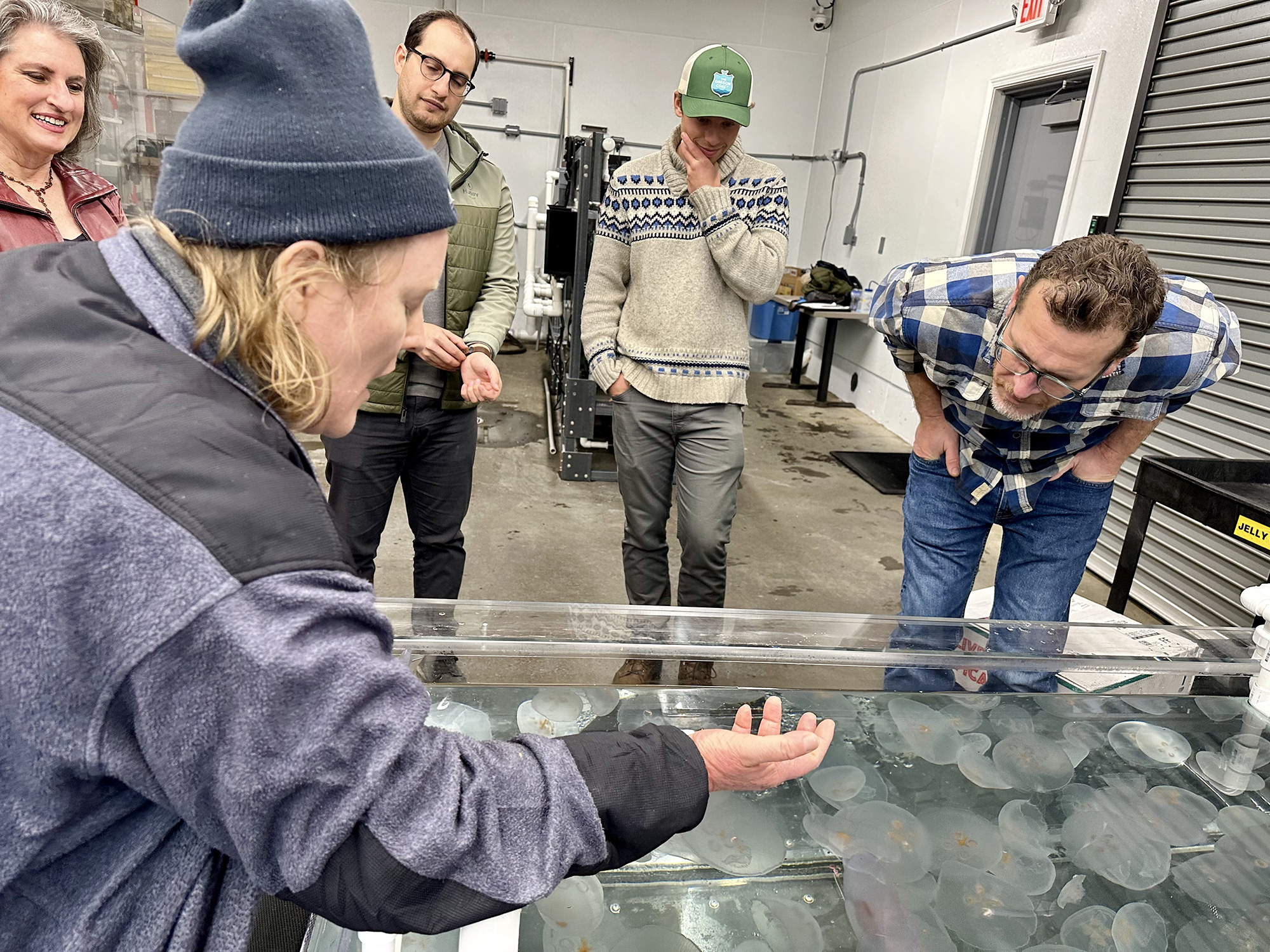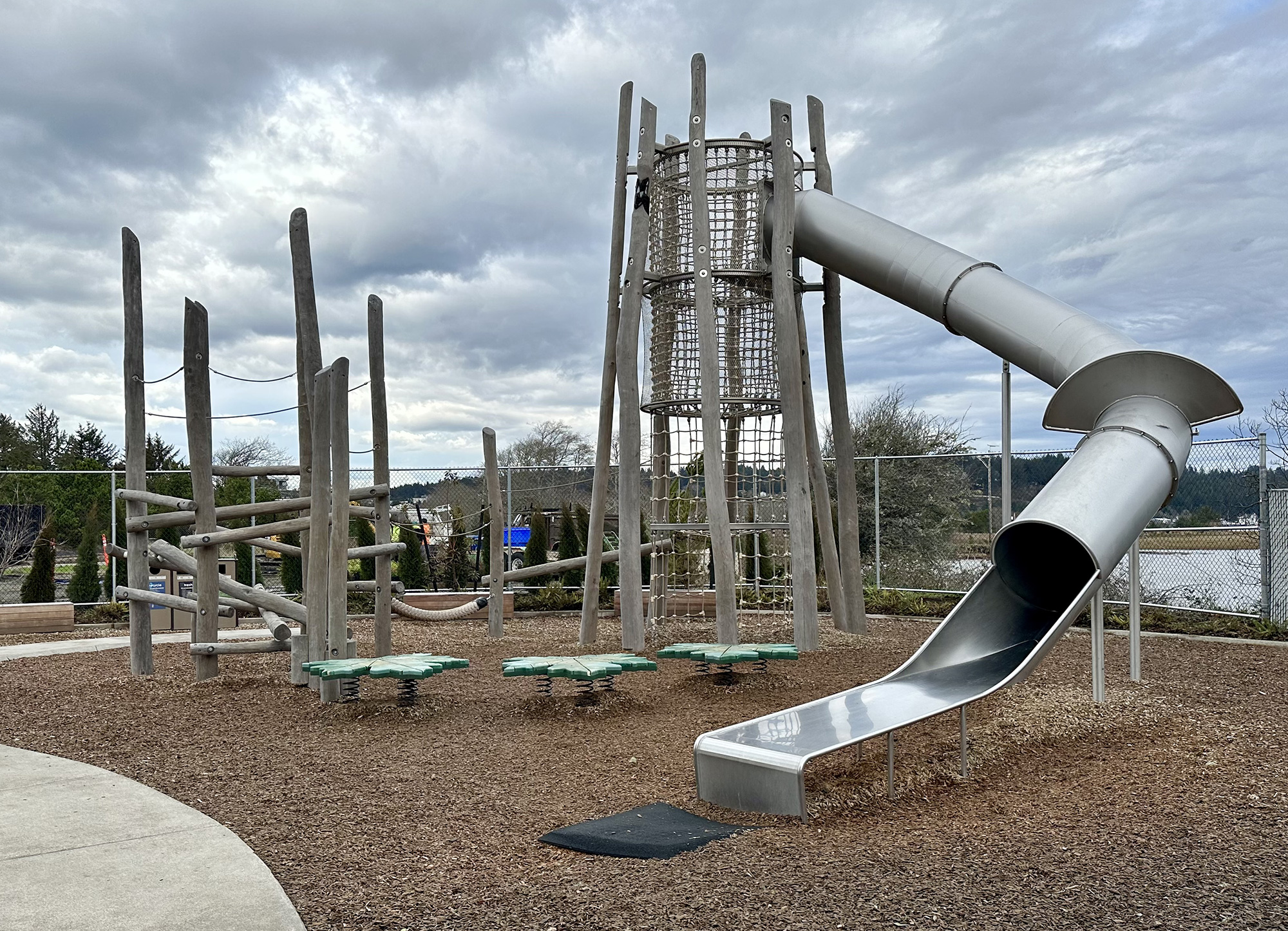This month, several members of the OCVA team had the opportunity to visit the Oregon Coast Aquarium.
The aquarium’s education and outreach staff introduced the OCVA team to its featured creatures and ecosystems. Along the way, the OCVA team learned how the aquarium connects people to the Oregon coast and inspires ocean conservation.

Sustainable & accessible
The OCVA team was excited to learn more about the aquarium’s plans to install EV charging stations. Visitors will be able to charge their electric vehicle while enjoying the aquarium or strolling the Yaquina Estuary Hike.
“We strive to consider the environment and be good ocean stewards in all we do,” says Melissa Ousley, Assistant Director of Development. The aquarium is working to “go green” in a number of ways, like reducing plastic and packaging and conserving water and electricity.
Accessibility is another high priority for the aquarium, which strives to be welcoming and inclusive to all guests. The aquarium offers hearing loop technology, family and gender inclusive restrooms, early entry accommodations, and wheelchair and mobility scooter rentals.
The aquarium is also a certified sensory-inclusive facility through KultureCity. This program provides training for all staff, as well as offerings like a sensory map, social story, and sensory bags for guests.
What’s new and next
The OCVA team got a firsthand look at the results of the aquarium’s Capital Campaign, including a revamped children’s nature play area that tells the story of Oregon forest ecosystems.

In the next phases of this campaign, the aquarium will improve its three indoor galleries, including making exhibits more accessible. The campaign is also raising funds for a marine rehabilitation center, enabling the aquarium to care for coastal creatures and provide veterinary and marine science career training for coastal students.
“All of these efforts to enhance our facility and programming are geared toward educating the public on conservation and inspiring them to be good stewards of oceans and wildlife,” Melissa says. “We have a unique opportunity as a living classroom that reaches over 500,000 visitors a year.”